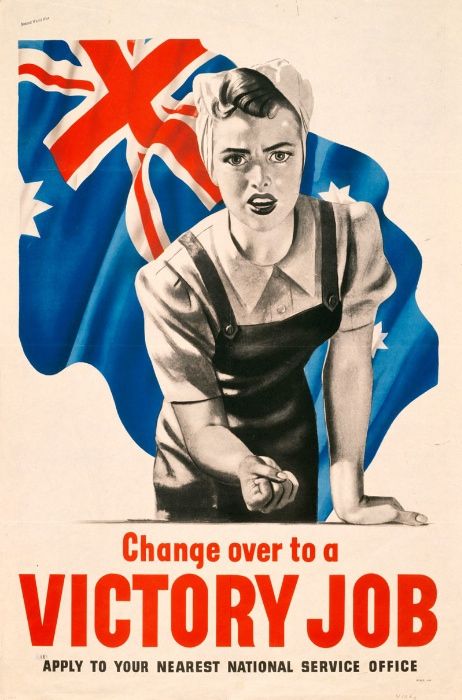“The first task of the typographer is therefore to read and
understand the text; the second task is to analyze and map it.
Only then can typographic interpretation begin.”
This sentence cast a light on me as I never really do analyse the the contents of my project before starting. In this excerpt, the author empahised how the design has to be parallel to the content, if it fails, the message of the content would not be conveyed properly and thus losing the attention as well as respect from the audience. The author also elaborated on how typographers have the ability to enhance the emotions portrayed in a text, as elements such as weight, scale, kerning, spacing, etc. come into play, allowing the typography have a voice and a life.
A design or message which consists of inappropriate typography tends to stick out like a sore thumb, and it attracts more attention as much as one would like to ignore. This is similar to the mantra preached by Beatrice Warde in The Crystal Goblet, or Printing Should Be Invisible. Whereby she argues that good design should be invisible and would go unrecognized, similar to a crystal goblet which holds luscious red wine.
Typography is primarily a tool for communication, and similar to images, it is a double edged sword. What can be used to evoke hope and trust, can also be used to deceive or manipulate. One prominent example would be the use of typography in propaganda posters during the World Wars. These posters were capable of instilling a form of patriotism, compelling citizens to engage in war.
“Letterforms have tone, timbre, character, just as words and
sentences do. The moment a text and a typeface are chosen, two
streams of thought, two rhythmical systems, two sets of habits, or
if you like, two personalities, intersect. They need not live together
contentedly forever, but they must not as a rule collide.”


